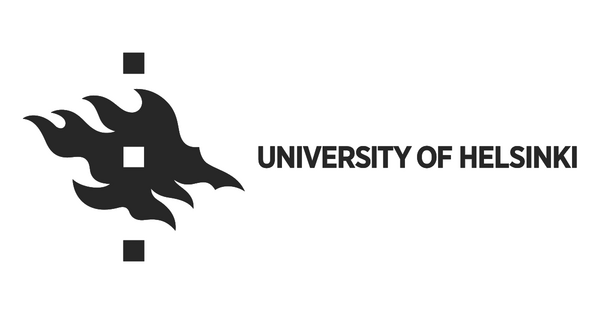University of Helsinki: The University of Helsinki contributes to national energy saving efforts – The entire University community is urged to join in
The sharp rise in energy prices has made energy-saving measures increasingly important at the University of Helsinki, much like in the rest of society. The rise in prices will be seen in the electricity and district heating bills paid by the University, in addition to which concerns have been raised about the sufficiency of energy in society as a whole.
According to Vice-Rector Tom Böhling, it is clear that the University of Helsinki wishes to share the burden in the energy crisis and contribute to national energy-saving efforts.
“As a community of more than 40,000 people and as the owner of dozens of properties our role is significant,” he muses.
According to Böhling, the University has launched its own energy-saving efforts, which also highlight the power of the community. Students and staff have been instructed in energy conservation, as well as encouraged to take concrete actions and share energy-saving tips with each other.
“Our message is that even small everyday actions have a significant impact if thousands of members of the University community take them, both at home and on the University premises,” Böhling emphasises.
Employing all means of saving
Conserving energy is not a new phenomenon at the University, but the energy crisis has made it necessary to consider what more could still be done to conserve energy – as quickly as possible.
“We are now advancing on three fronts: increasing everyday savings, preparing for potential power outages and investing in solutions that support the green transition. In the case of certain previously agreed measures, we are speeding up the implementation. For instance, indoor temperatures will be reduced already this autumn, and preparations are underway for blackout tests,” says Director of Properties and Facilities Teppo Salmikivi.
In the case of some energy-saving measures, a balance must be found between the temperature of facilities and energy conservation. The University has joined the national Astetta alemmas (‘Down by a Degree’) campaign, due to which University premises will be cooler than in previous years.
“In the upcoming heating period, the target temperature in University facilities will be +20 degrees Celsius, compared to the previous +21 degrees,” Salmikivi notes.
In addition to the reduction in temperature, the period during which lighting is automatically on will be shortened, and the operating times of ventilation will be adjusted without endangering indoor air quality. Thermal imaging cameras will be used to locate thermal leaks, which will be fixed. LED lighting will be further increased and additional instructions drawn up for the energy-efficient use of AV equipment.
Energy-saving measures will be highlighted on the campuses, for example, through guidelines for energy conservation and campaign efforts.
Towards carbon neutrality with energy-saving measures
For years, measures to reduce energy consumption have been taken in the University’s properties. The measures have been guided by the climate crisis and the University’s goal of becoming carbon neutral by 2030, through which the University is committed to utilising low-energy practices. At the moment, a roadmap for a carbon-neutral University by 2030 is being drawn up.
The goal is to improve the energy efficiency of University properties by 10% by 2025, with at least 5% of the energy consumed produced with renewable means on location, such as solar panels and geothermal heating. Energy efficiency is a key goal in all renovation projects and throughout the remodelling of building systems at the University.
The University has increased the production of renewable energy, for example, by installing solar panels on the roofs of 16 University buildings. Viikki Campus has a solar power plant that is significant in size on the scale of Finland.

